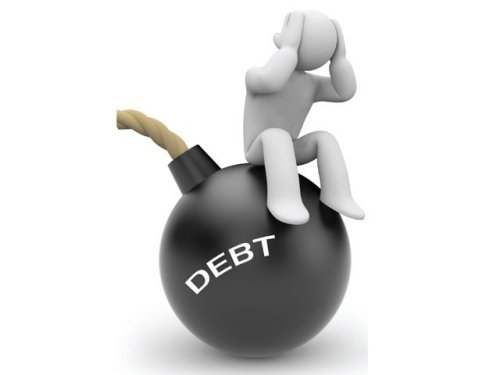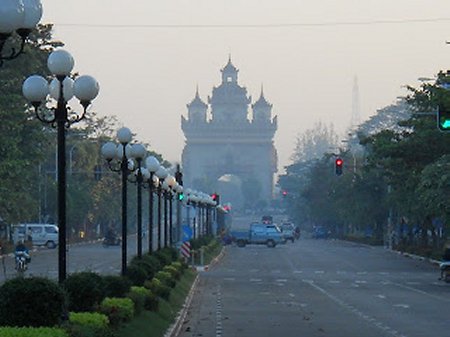Thailand Is Laos’ Largest Trading Partner, China And Vietnam Are Top Export Markets
Source: Vientiane Times
Thailand is Laos’ largest trading partner but the country’s main export markets continue to be China and Vietnam.
The value of exports from Laos to Thailand in the first nine months of this year rose to US$1.5 billion, while the value of goods imported was US$2.5 billion.
In contrast, the value of goods sold to China hit US$1.72 billion while the value of imports from that country was US$950 million.
Goods exported to Vietnam totalled US$880 million in value, while the value of imported goods stood at US$387.6 million, according to the Ministry of Industry and Commerce.
Last year, the value of exports from Laos to Thailand reached US$2.74 billion and imports of US$2.81 billion were recorded. The value of exports to China reached US$1.46 billion while imports totalled US$1.13 billion. The export and import values for trade with Vietnam were US$1 billion and US$555 million respectively.

The main products exported by Laos were copper ore, copper and copper products, frames and other camera parts, bananas, mixed gold (gold bars), clothing, rubber, sugar, cassava, raw coffee, sweetcorn, fruit (watermelon, passion fruit and tamarind) and processed wood.
The main items imported were vehicles (other than motorcycles and tractors), diesel, mechanical equipment (other than motor vehicles), steel, steel products, electronic and communication equipment, magnetic steel, auto parts (including tyres, glass and chains), electrical products, fuel, plastics, gemstones and semi-precious stones, fertiliser and food factory waste.
With the exception of a recent economic slowdown due to the impacts of Covid-19, the Lao economy has grown at nearly 8 percent for most of the last decade and is entering a new phase of regional and global integration, according to the World Bank.
The Lao government’s 2013 WTO accession and the creation of the Asean Economic Community in 2015 led to major reforms of economic policies and regulations aimed at improving the business and investment environment.
Additionally, rapid economic growth in neighbouring countries such as China, Vietnam and Thailand helped expand trade and investment in Laos.
The government is increasingly tying its economic fortune to Asean’s economic integration, export-led development, and growing connectivity as Laos seeks to transform itself from a “land-locked” to a “land-linked” country.
Laos is one of the world’s five remaining communist countries. The Lao economic model bears some resemblance to its Chinese and Vietnamese counterparts, in that it has implemented market-based economic practices while maintaining a high degree of state control and welcoming foreign direct investment. Laos is politically stable.



